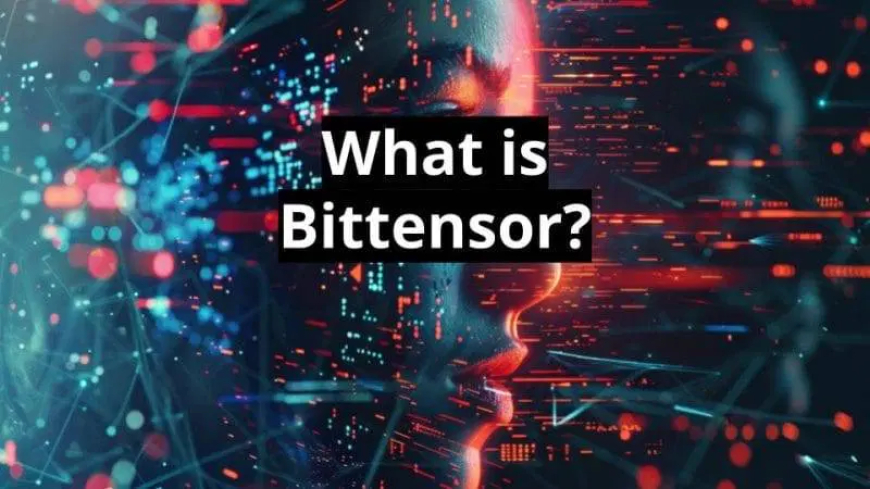The Convergence of AI and Crypto: How Decentralization Can Revolutionize Artificial Intelligence
Artificial Intelligence (AI) and cryptocurrency are two of the most transformative technologies of our time. As AI continues to advance at a rapid pace, questions arise about who will control this powerful technology and how it will be developed. This article explores the intersection of AI and crypto, examining why decentralized networks and blockchain technology may be crucial for the future of AI development.

The Current State of AI Development
In recent years, AI development has shifted from academia to big tech companies. This transition has led to several concerning trends:
- Closed-source development: Many AI models are now developed behind closed doors, limiting transparency and collaboration.
- Increasing costs: The expenses associated with developing state-of-the-art AI models have skyrocketed, making it difficult for smaller entities to compete.
- Centralization of power: A few large tech companies now control much of the AI landscape, raising concerns about the concentration of such powerful technology.
These issues have sparked a debate about the need for more open and decentralized approaches to AI development.
The Role of Crypto in AI Development
Cryptocurrency and blockchain technology offer potential solutions to many of the challenges facing AI development. Here are some key ways in which crypto can contribute to the advancement of AI:
1. Democratizing Access to Computing Resources
One of the most significant barriers to AI development is access to high-performance computing resources, particularly GPUs. Crypto projects like Akash Network are working to create decentralized marketplaces for computing power, allowing anyone to access the resources they need for AI training and inference.
Greg, CEO of Overclock Labs, explains: "We're decentralizing the foundation by decentralizing the cloud. That means the ability to process data and run applications to a point where you can run from your house or a facility where you have renewable energy, anywhere in the world with internet connectivity."
2. Creating New Business Models for Open-Source AI
Cryptocurrency can help bridge the gap between open-source development and monetization. Illia, co-founder of NEAR Protocol, points out: "Crypto has been innovating on how to monetize open source, how to build a model in such a way that people are still paying for transacting, but it is an equitable market and open market for everybody to participate."
This approach could enable the creation of AI marketplaces where models are accessible to anyone while still providing economic incentives for developers.

3. Enabling Decentralized Training and Evaluation
Projects like Bittensor are exploring ways to leverage decentralized networks for AI training and evaluation. Jacob, a core developer at Bittensor, describes their approach: "We're taking the computational power of digital commodity markets, Bitcoin-style mining, towards training and inferencing machine learning models using decentralized infrastructure."
4. Providing Funding Mechanisms for AI Research
Cryptocurrency tokens can serve as a way to fund AI research and development. As Illia suggests, "A token can serve as a way to borrow from the future. You can use it as a form of crowdfunding to pay for training and build something that is a common good or public good that can be used now by many."
Challenges and Criticisms
Despite the potential benefits, there are several challenges and criticisms facing the convergence of AI and crypto:
- Efficiency concerns: Some argue that decentralized training is inherently less efficient than centralized approaches due to communication overhead.
- Talent attraction: There's a perception that top AI talent is more likely to work for large tech companies with access to extensive GPU resources.
- Resistance from traditional AI community: Many in the AI community are skeptical of cryptocurrency and blockchain technology.
- Regulatory uncertainty: The intersection of AI and crypto may face regulatory challenges as both industries come under increased scrutiny.
Addressing the Challenges
Proponents of decentralized AI development offer several counterarguments and potential solutions to these challenges:
- Rethinking training algorithms: Jacob suggests that new training algorithms could be developed specifically for decentralized environments, potentially overcoming efficiency concerns.
- Leveraging collective intelligence: Greg argues that open-source development can ultimately outpace closed-source efforts due to the sheer number of contributors and diverse perspectives.
- Creating a unified movement: Illia proposes the need for a cohesive open-source AI movement, similar to Linux, that could attract top talent and resources.
- Incentive alignment: By integrating economic incentives through cryptocurrency, decentralized AI projects can potentially attract both talent and resources necessary for large-scale development.
The Future of Decentralized AI
As the AI landscape continues to evolve, decentralized approaches powered by cryptocurrency and blockchain technology may play an increasingly important role. Some potential developments to watch for include:
- AI model marketplaces: Platforms where AI models can be bought, sold, and used in a decentralized manner.
- Distributed training breakthroughs: New algorithms and techniques specifically designed for decentralized AI training.
- Democratized GPU access: Wider availability of high-performance computing resources through decentralized networks.
- Open-source AI funding mechanisms: Novel ways to fund open-source AI development using cryptocurrency tokens.
- Integration of AI and blockchain: More seamless integration between AI models and blockchain networks, enabling new applications and use cases.
Conclusion
The convergence of AI and cryptocurrency presents both challenges and opportunities. While there are hurdles to overcome, the potential benefits of decentralized AI development are significant. By leveraging the strengths of both technologies, we may be able to create a more open, transparent, and innovative AI ecosystem that benefits a wider range of participants.
As Jacob concludes, "I think that if we can frame the incentives properly and convince these more classical machine learning engineers that they need to use incentives and it's not a bad thing, we're going to really make it work."
The future of AI may well depend on our ability to harness the power of decentralized networks and blockchain technology. As this field continues to evolve, it will be crucial to monitor developments at the intersection of AI and crypto, as they could reshape the technological landscape in profound ways.
Source : @The Bittensor Hub.
















